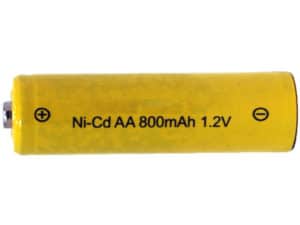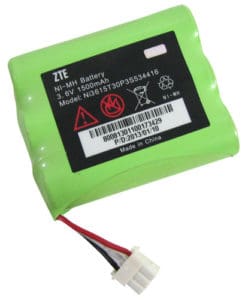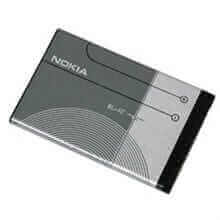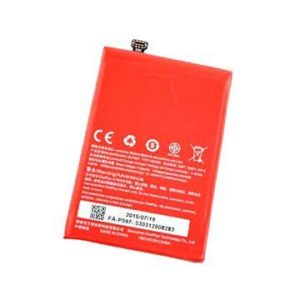Can we think of our life without a smartphone? This small piece of gadget is a wonder which enables the world with a single tap.
There is hardly any smartphone user who does not get pissed off when they look at the small green bar on the top right of the screen.
Yes, that’s the battery status bar that always keeps us tensed. So, this article will talk about different types of phone batteries and the Evolution of cell phone batteries.
About 37% of users think that they consider battery capacity to be one of the main deciding factors when buying a smartphone.
So no doubt, the battery is a vital part of a smartphone, and people hate those smartphones that do not offer good battery backup.
Cellphones without a battery are like a piece of brick. And yes, the first cellphone battery size was almost like a piece of brick.
After that, many innovations happened in battery technology, and now we have batteries that are as small as a cookie.
Evolution Of Cell Phone Batteries Or Phone Batteries
Nickel Cadmium or NiCad Battery
NiCad was the first rechargeable battery used in any cellphone. It was used by Nokia in 1987 when they launched their phone. NiCad uses nickel hydroxide and metallic cadmium as electrodes.
Usually, NiCad had six hours of charge time, and it would run for one hour only. The one-hour time is very low for cell phones, which is why it has never been popular.

One of the main reasons NiCad was an immense pain to be used in a cell phone was large and heavy. It also suffers from a memory effect, which means you have to discharge it before recharging it fully. Otherwise, the battery charge won’t even last for one hour.
It even used to get hot quickly, which is not intended for compact electronic devices like smartphones. It tends to change shape for longer uses that are not intended for many applications.
Nickel Metal Hybrid or NiMH battery
The size of NiMH is compact compared to NiCad. It is thinner and not toxic as well. NiMH used to give better talk time than the amount of time you need to charge it.
NiMH tried to solve all the issues that NiCAD was facing. But it also suffered from the memory effect. In NiMH, you will have to discharge the battery every 20th circle, which is better when comparing it to NiCAD, which needs discharge after every cycle.

With so many positives over NiCad, NiMH still could not succeed as it used to get very hot when is in use and used to change its shapes which is not desirable.
Lithium-Ion Or Li-Ion Battery
Li-Ion is the first battery technology that brought a revolution to the battery industry. Thanks to Li-Ion batteries we are getting slim smartphones. It solved all the problems that other battery types were suffering.
These batteries have a high energy density, are much more compact, and most importantly, there is no memory effect issue. What that means is that you can charge your battery anytime without getting it fully discharged. It had a comparatively short charging time, and the talk time is far better than other battery types.

But one major issue that Li-Ion has is that it has a safety hazard problem as it contains flammable electrolytes. If the battery is damaged or charged incorrectly, it can cause a fire.
Many of you might know about the battery issue with the Samsung Galaxy Note 7. The battery used to explode in Note 7 when placed in a closed condition. Note 7 was banned. People were not even allowed to carry the Note 7 on aircraft even though the phone was switched off.
Lithium Poly Ion or Li-Poly Battery
Li-Poly is the latest innovation in the battery industry. It uses polymer electrolytes instead of liquid electrolytes as used in Li-Ion batteries. These batteries have a very high energy density.

These are compact, lightweight, and take a short time to charge. The talk time is more in the Li-Poly battery. Li-Poly batteries are widely used in applications where weight is a crucial factor, like smartphones.
Li-poly does not suffer from the memory effect. So you don’t need to discharge your battery every time to charge it back.
Wrapping Up: Cell Phone Batteries
Innovations are at a peak when we talk about cellphone battery technology. Due to the revolution in the smartphone industry, more people are buying smartphones nowadays. Due to this increased demand, competition becomes stiffer.
Companies are investing more money nowadays to bring up innovations in battery technology like fast charging, Dash charging, etc.
That’s all we have in this article. Hope you liked the article and found some useful information. If you have any queries, please write in the comment section and I will be happy to answer.